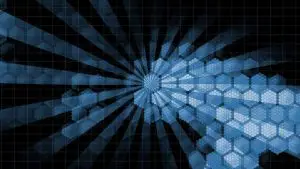Modern environmental requirements demand low noise levels for telecommunication cabinet products, especially when located in offices or urban areas. The spaces available are limited, and the power and electronics packaging density are increasing. Fans are commonly used to enhance the cooling of electronics by improving heat transfer due to higher air velocities. In this paper, … [Read more...]
Temperature and reliability in electronics systems – the missing link
To introduce the reliability requirements we face for the future, we focus on telecommunication as an example. Personal telecommunication is becoming increasingly integrated into our daily lives. However, we cannot take full advantage of the technology unless the telecommunication system is as dependable as a car. Just as turning the ignition key should produce the right engine … [Read more...]
The thermal conductivity of rubbers/elastomers
In the May 2001 issue, this column discussed the thermal conductivity of unfilled plastics. The interested reader may have noticed that the category of rubbers/elastomers was missing. This was not without reason. The user of these elastic materials should be aware that the final thermal resistance (which is, of course, from an engineering point of view, the more important … [Read more...]
Thermal management of highly integrated electronic packages in avionics applications
The packaging and thermal management of electronic equipment has become an important issue because of increased power levels and the simultaneous miniaturization of the devices. With the advent of denser device packaging and faster intrinsic speeds, cost, reliability and size have been improved, but, unfortunately, packaging and thermal management have not followed at the same … [Read more...]
Thermomechanical stress modeling in microelectronics and photonics
Thermomechanical stresses and deformations are the major contributors to malfunctions of, and failures in, microelectronics and photonics devices, packages and systems. In microelectronics, the most serious consequences of the elevated thermal stresses are usually associated with mechanical (structural) failures (e.g., ductile rupture, brittle fracture, failures due to fatigue, … [Read more...]
- « Previous Page
- 1
- …
- 330
- 331
- 332
- 333
- 334
- …
- 356
- Next Page »







